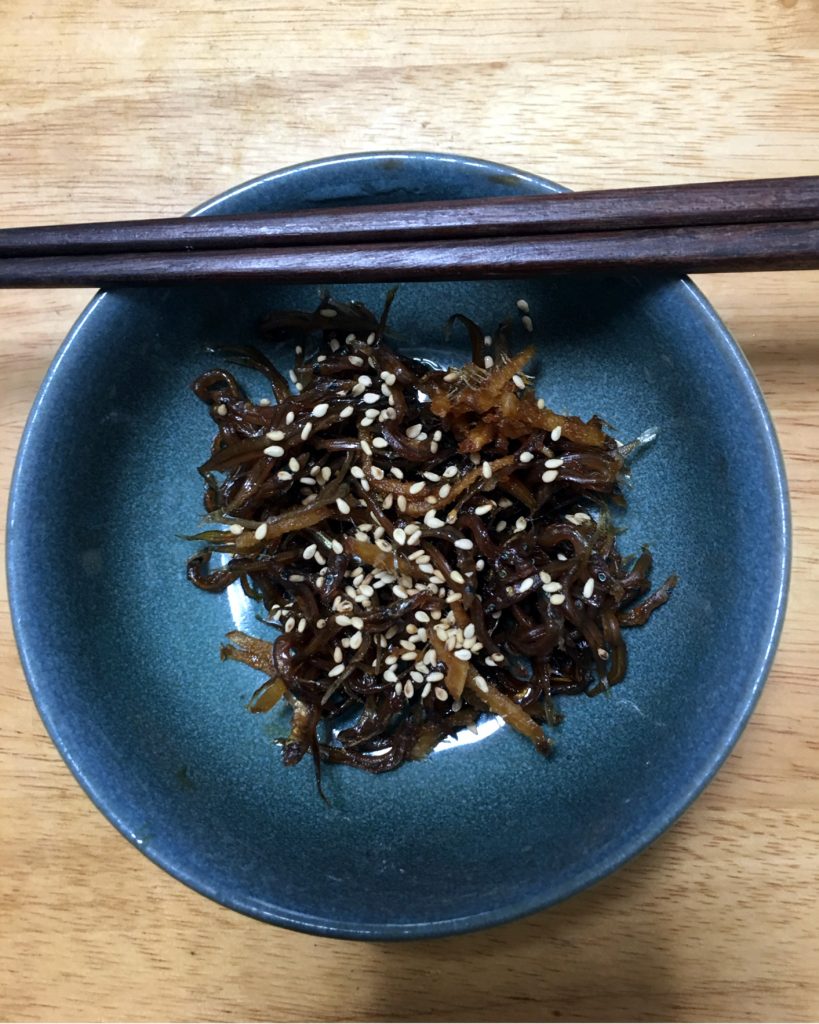
The spring heralding ikanago in the Seto Inland Sea is predicted to face its eighth consecutive year of poor catches in 2024, with expectations that there will be “virtually no catch.” The small-sized ikanago, measuring 3 to 5 centimeters in length, is known as “shinco.” It is highly valued in local cuisine, being prepared in dishes such as the sweet and savory “kugini” cooked with soy sauce and sugar, the blanched “kamaage,” and the dried delicacy known as “kanagichirimen.” Shinco caught in the fishing grounds of the Harima Sea, Osaka Bay, and the Kii Channel are landed in major coastal fishing ports. Freshness is crucial, and many people prefer to buy directly from the fishing ports.
However, the Shinco catch, which exceeded 10,000 tons until 2016, sharply decreased to 1,001 tons in 2017, representing a reduction of more than 90% from the previous year. Since then, there has been no year with a catch exceeding 2,000 tons due to continued poor catches. This year, the decision has been made to suspend fishing in Osaka Bay, while the fishing in the Harima Sea is scheduled to be lifted on March 9, with the fishing season to be determined considering landings after the lifting of the ban. The primary cause is believed to be a shortage of nitrogen, a nutrient source for fish and seafood, resulting from improvements in water quality. It is ironically noted that the once infamous “sludge sea” of Osaka Bay has significantly improved as a consequence.
瀬戸内に春を告げるイカナゴが8年連続「不漁」予測で、2024年は”ほぼ漁獲見込まれず”らしいです。全長3~5センチの小さなサイズのイカナゴは「シンコ(新子)」と呼ばれ、地元の郷土料理である醤油と砂糖で甘辛く炊いた「くぎ煮」や、湯引きした「釜揚げ」、干した「かなぎちりめん」として珍重されています。播磨灘、大阪湾、紀伊水道の漁場で取れたシンコは沿岸の主要な漁港に水揚げされます。鮮度が大切で、直接漁港に買いに行く人も多くいます。
しかし、2016年までは1万トンを超えていたシンコ漁が、2017年に前年比1割以下の1001トンに急減しました。以降、不漁続きで2000トンを超えた年はありません。今年は、大阪湾での漁を見送り、播磨灘の漁は3月9日を解禁日とすることを決め、漁期は解禁後の水揚げなどを考慮して決めるそうです。原因として考えられるのは、水質の改善による魚介の栄養源の窒素不足によるところが大きいとみられています。”ヘドロの海”大阪湾が大幅に改善された結果とは何とも皮肉な事です。
